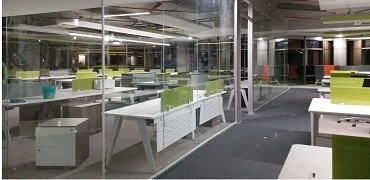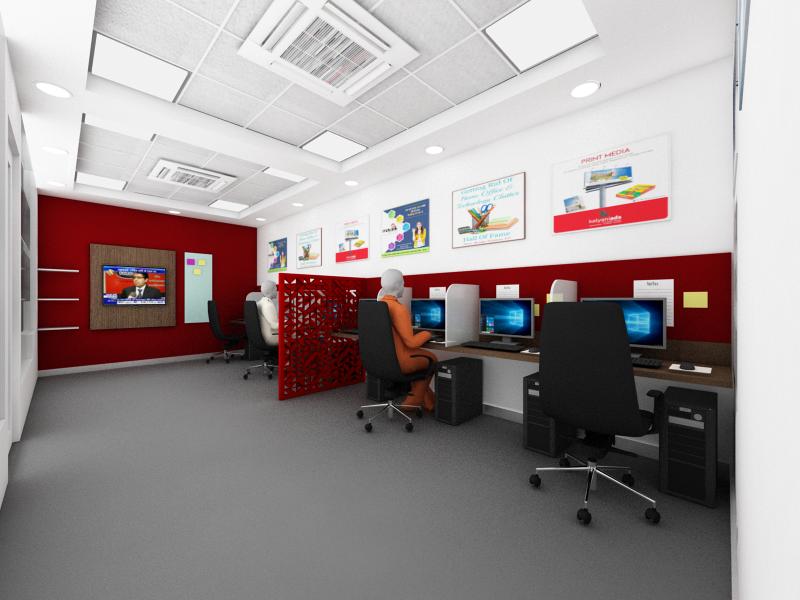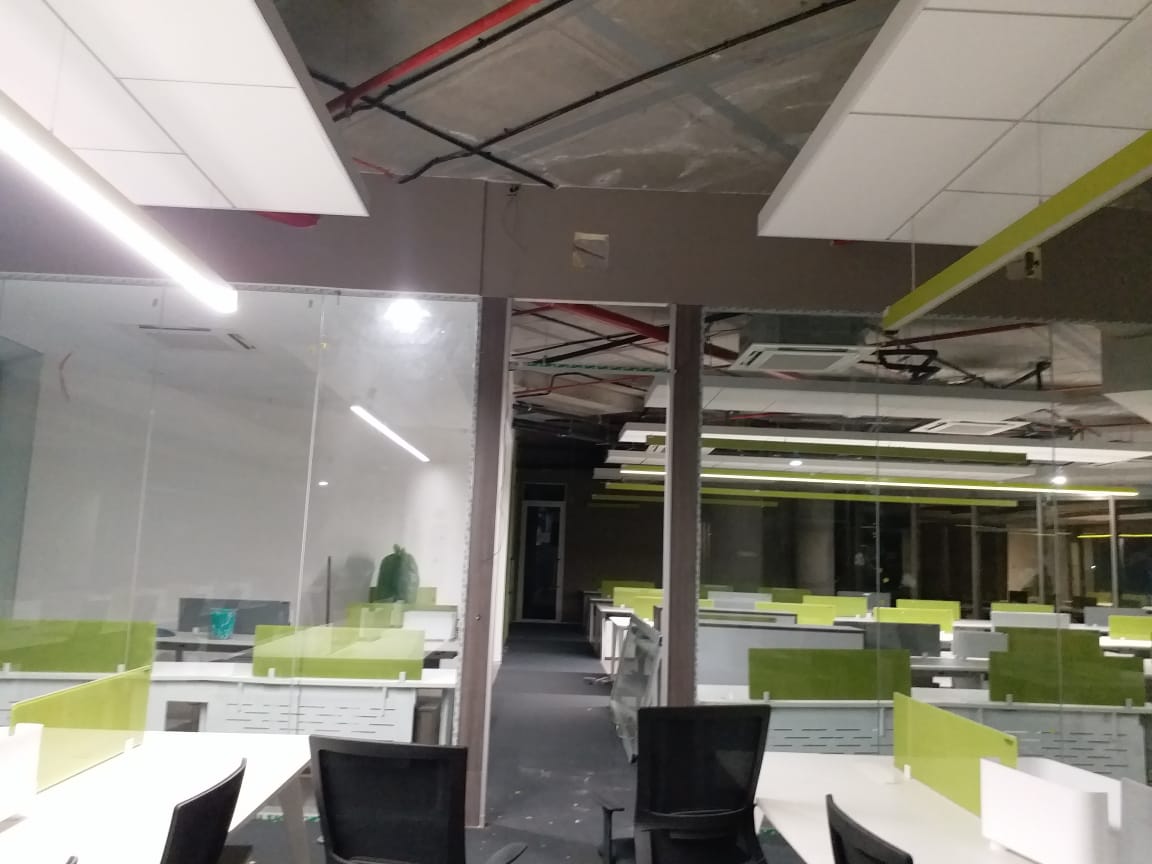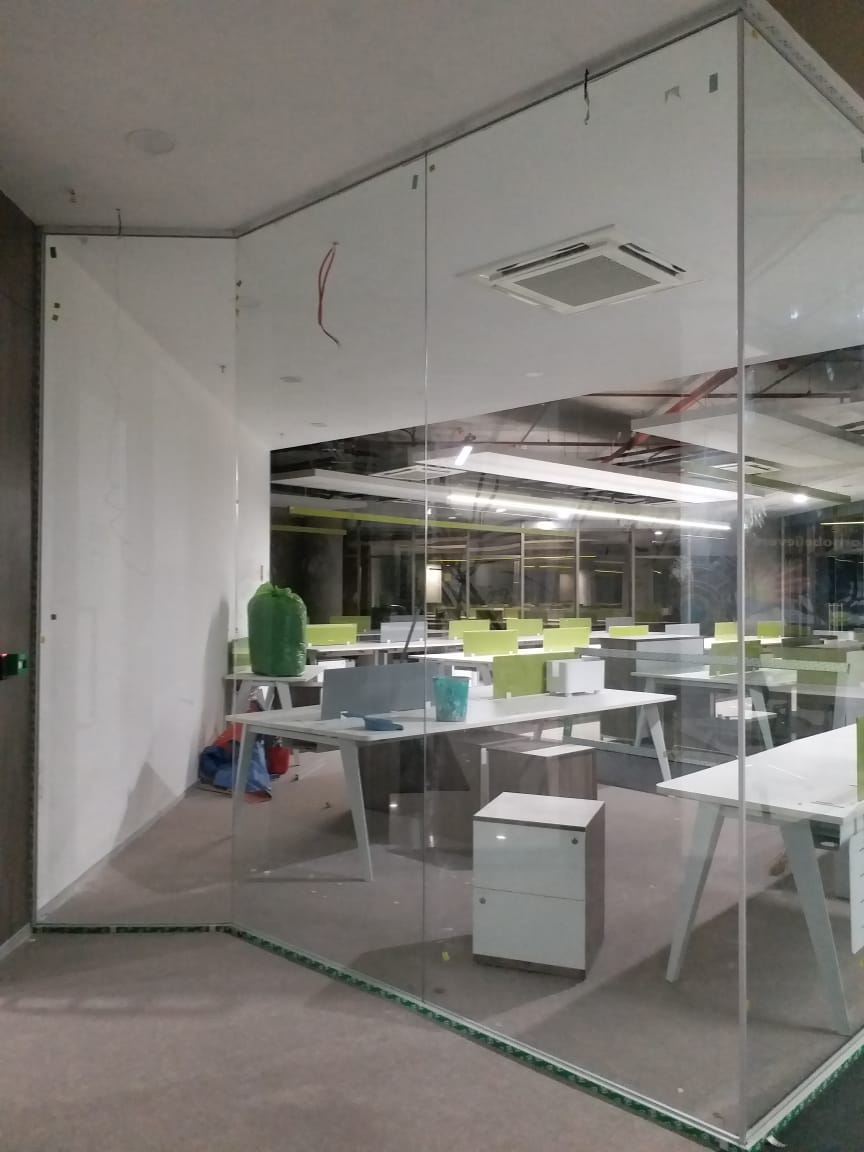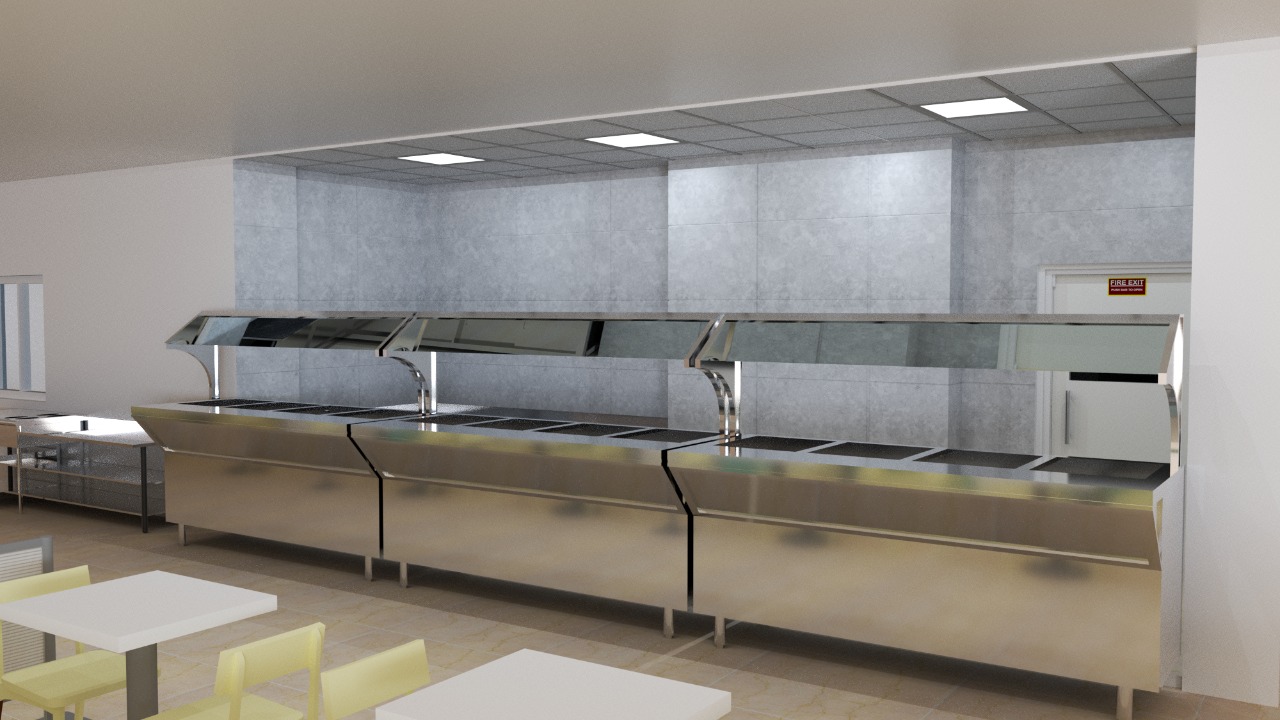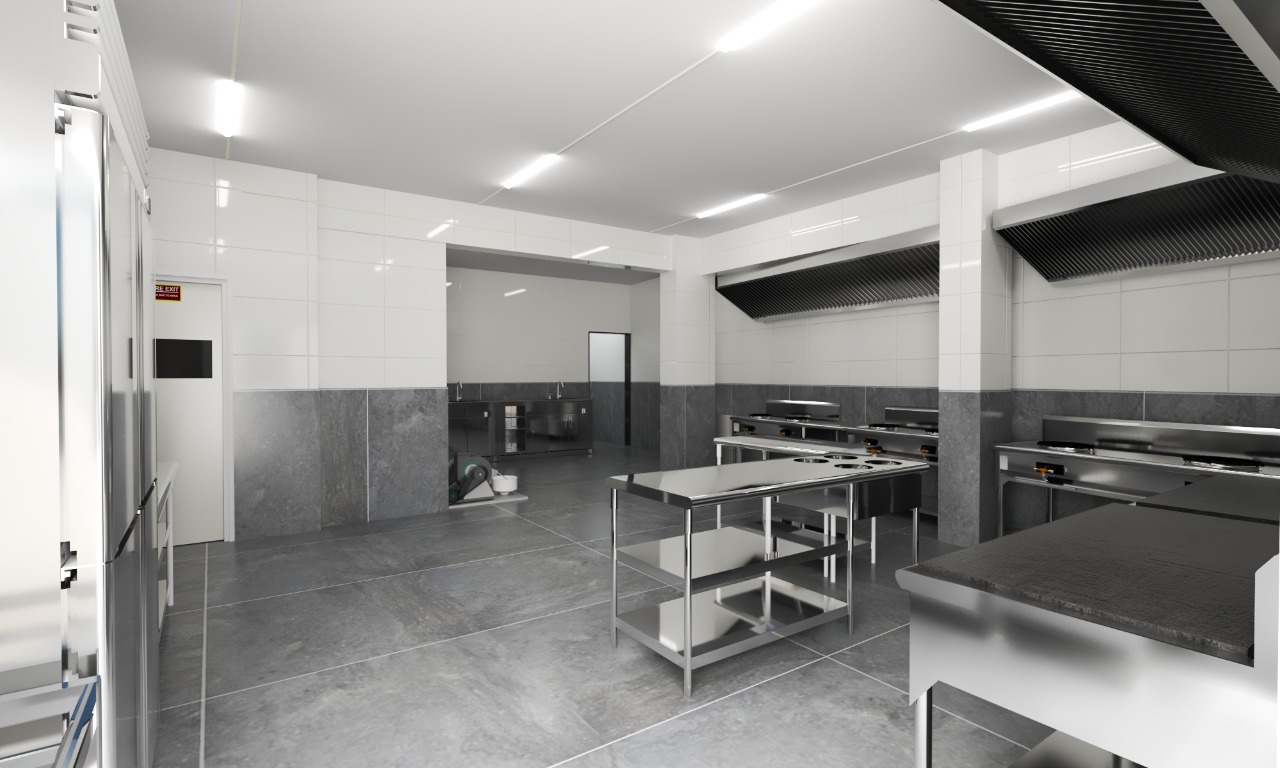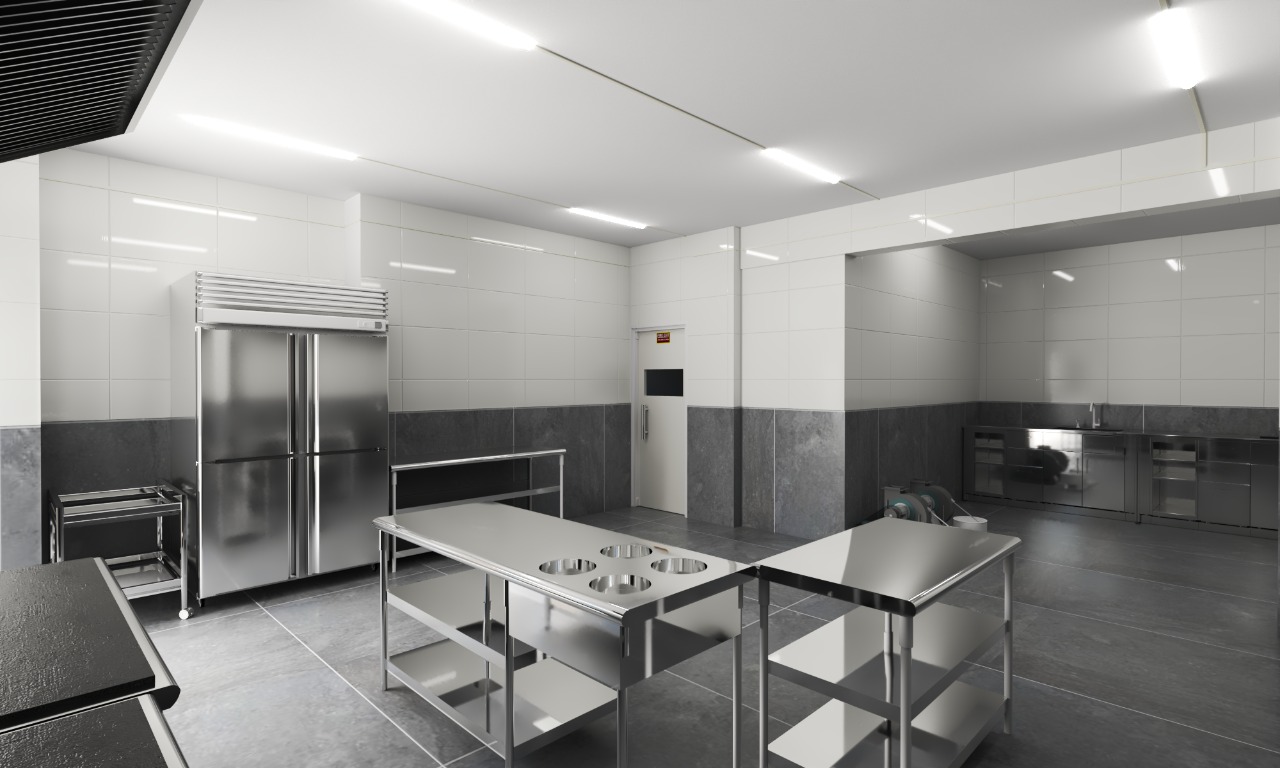Commercial interior design makes use of a wide range of design skills. The first is the ability to understand a client's plans for the space. A good designer can also suggest new ideas that are in keeping with the overall design goals. Designers must have an understanding of the elements of design, such as line, color and form, as well as a grasp of the history of design and the contemporary trends in the field. Finally, a designer needs to have access to a network of suppliers who can provide the proper furniture, carpeting, light fixtures and wall art for the project.
A commercial interior designer is responsible for understanding a client's needs and working within a budget to achieve them. This involves first meeting with whoever is in charge of a renovation or construction project, as well as the architect, to lend ideas. Designers may produce sketches or models of computer simulations to help clients visualize the space. Later the designer must find furnishings that can go into the completed space.
Commercial interior design can make use of any existing design style or create an entirely new one. Modern and contemporary design are popular for corporate lobbies, tech-focused offices and some government buildings. Commercial interior design can also draw from the past, with traditional decor that makes use of natural wood or a country design style that can lend warmth and a comfortable ambiance to a store or restaurant.
A commercial building is one used for some sort of business purpose, such as a store, office, warehouse, or a restaurant. Just as there are many types of buildings, there are different types of interior design. Houses utilize one kind of design, while commercial structures have very different needs. We want these needs to be successful, but a successful structure does require a bit more than just location.
Interior designers design interiors. That's obvious, but they need to do so in a way that enhances the basic function or purpose of a structure. A house is a space for living, so residential designs need to enhance livability. Commercial structures have a different purpose: they help businesses make money. How can an interior designer help a business make money? The interior designer balances the commercial building's functional needs in terms of physical space and its aesthetics.
